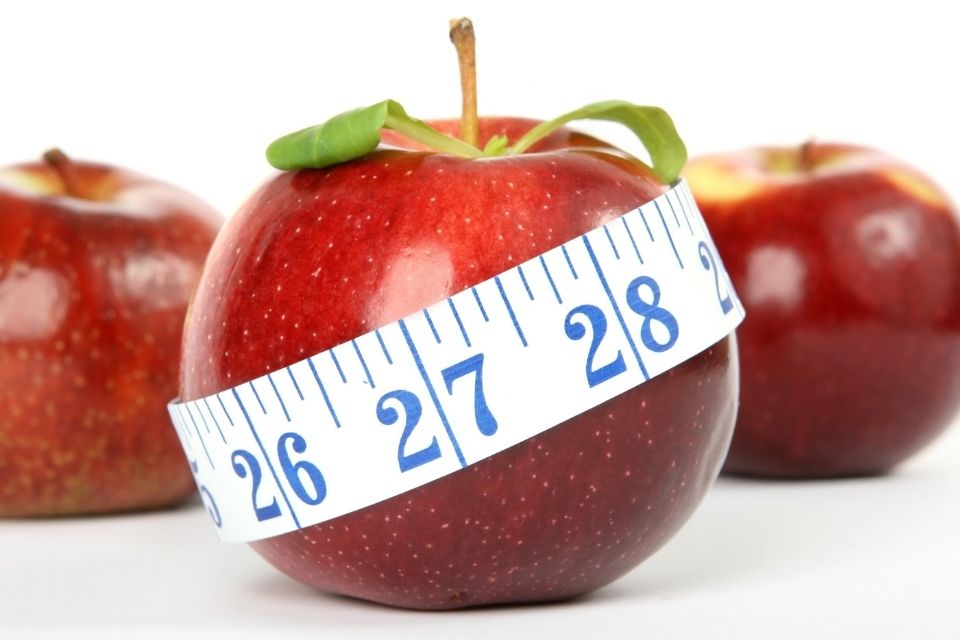When people talk about getting fit, losing weight, or improving health, the word cardio almost always comes up. But what exactly is cardio, and why is it considered one of the foundations of fitness?
Cardio, short for cardiovascular exercise, refers to any activity that raises your heart rate and keeps it elevated for a sustained period of time. From running and swimming to dancing and brisk walking, cardio is essential for strengthening your heart, lungs, and circulatory system.
In this guide, we’ll explain what cardio is, the different types, its benefits for weight loss and health, and how to include it in your training routine. We’ll also connect it with other guides such as calories burned walking and cardio before or after workout so you can put everything into practice.
What is cardio exercise?
Cardio exercise, also known as aerobic exercise, is any rhythmic activity that increases your heart rate and breathing while engaging large muscle groups.
Examples include:
- Walking and running
- Cycling
- Swimming
- Dancing
- Jump rope
- Rowing
Unlike strength training, where the main focus is building muscle, cardio primarily improves your endurance and keeps your cardiovascular system strong.
Benefits of cardio
1. Improves heart health
Cardio strengthens your heart and lungs, lowering the risk of cardiovascular disease.
2. Helps with weight loss
By burning calories and increasing metabolism, cardio is a powerful tool for fat loss. See our guide on how many calories you should eat to lose weight for the full picture.
3. Boosts energy levels
Regular cardio improves oxygen delivery, leaving you more energized throughout the day.
4. Reduces stress and improves mood
Cardio stimulates the release of endorphins — the “feel good” hormones.
5. Supports brain health
Studies show aerobic exercise improves memory, focus, and reduces the risk of cognitive decline.
6. Enhances endurance and performance
For athletes and gym-goers, cardio improves stamina for both daily life and workouts.
Types of cardio
There are several ways to structure cardio, depending on goals and preferences:
Low-intensity steady state (LISS)
- Example: 45–60 minutes of walking at a steady pace
- Great for beginners and fat burning
Moderate-intensity cardio
- Example: jogging, cycling at medium pace
- Ideal for building endurance and burning calories
High-intensity interval training (HIIT)
- Alternates short bursts of intense effort with recovery periods
- Example: 30 seconds sprint + 1 minute walking, repeated
- Efficient for burning fat in less time
Circuit training
Combines cardio moves with strength exercises for a full-body workout.
How much cardio do you need?
The World Health Organization recommends:
- At least 150 minutes of moderate-intensity cardio per week, or
- 75 minutes of vigorous-intensity cardio per week
This can be divided into 30 minutes, 5 times per week — or shorter, more intense sessions if you prefer HIIT.
Cardio for weight loss
Cardio plays a big role in weight management by increasing calorie burn. But remember: weight loss happens when you are in a calorie deficit (burning more calories than you consume).
The best strategy is to combine cardio with strength training. For example, alternating leg workouts with cardio sessions ensures fat loss while maintaining muscle mass.
Cardio at home
You don’t need a gym to do cardio. Great options for home workouts include:
- Jump rope
- High knees
- Burpees
- Mountain climbers
- Dance or aerobics routines
- Walking or jogging in place
These require little to no equipment and can be adapted for any fitness level.
Common myths about cardio
- “Cardio alone will make me lose weight.”
Not true — diet and strength training are equally important. - “More cardio is always better.”
Excessive cardio can cause fatigue and even muscle loss if not balanced with recovery and strength training. - “Cardio is only for weight loss.”
Cardio is vital for overall health, even if you’re not trying to lose weight.
Personalize your workout!
So, what is cardio? It’s any activity that raises your heart rate, strengthens your cardiovascular system, and improves overall health. From walking to HIIT, there’s a type of cardio for every fitness level and goal.
Whether your focus is weight loss, endurance, or simply feeling healthier, adding cardio to your routine is essential.
Download the Befit app to access personalized cardio workouts, track calories burned, and combine cardio with strength training for maximum results.








